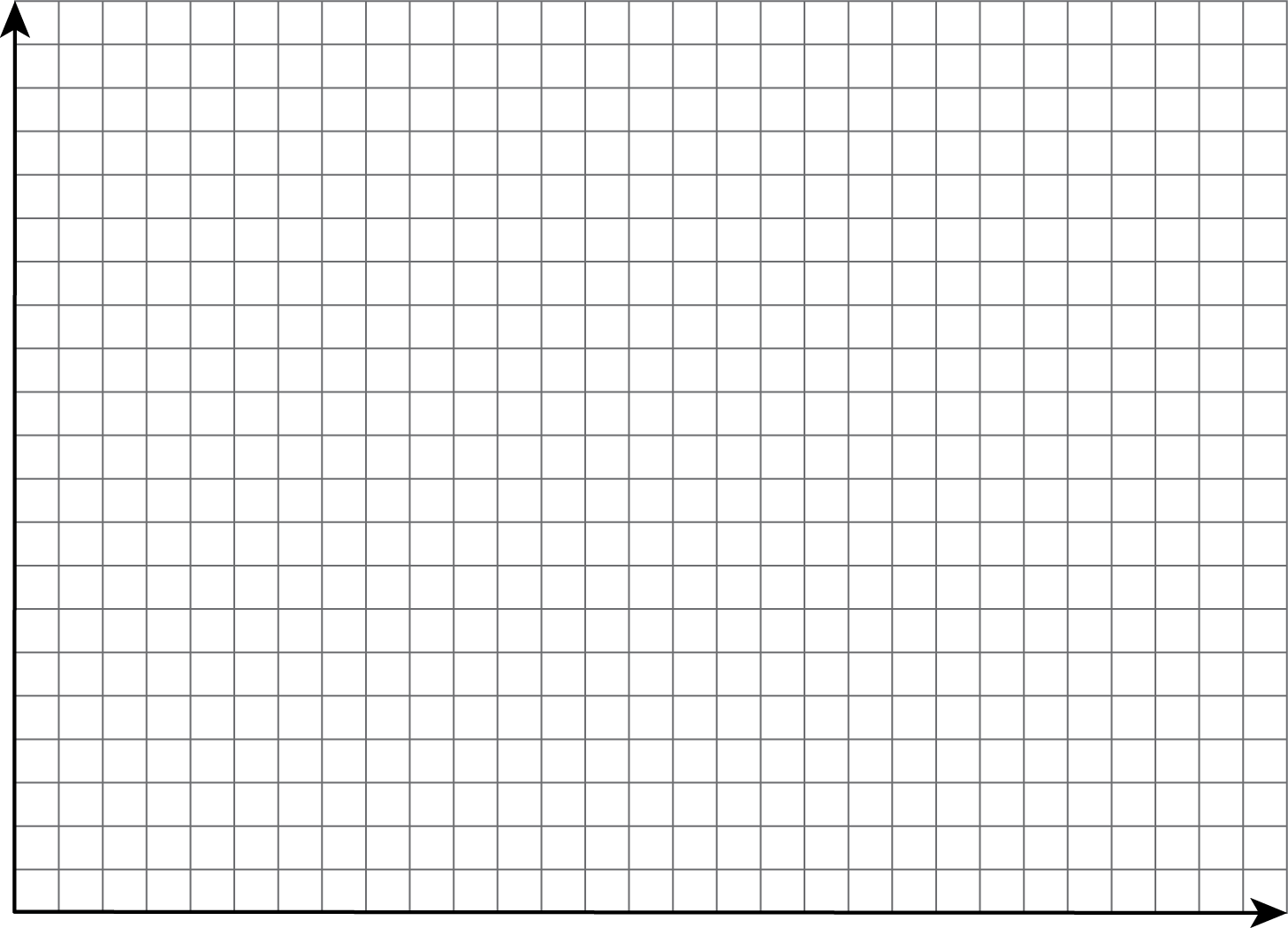Lesson 11
Gone In 30 Seconds
11.1: Measuring 30 Seconds (45 minutes)
Optional activity
To close the unit, students practice using the methods they have learned. Students begin by collecting data in small groups and then analyzing the data for the entire class. They create a scatter plot and two-way tables to look for patterns in the data (MP2). Although it is expected there is a very weak, if any, association in the data, the discussion asks students to think about what it would mean if there were a positive or negative association in context.
Launch
Arrange students in groups of 4. Select one student from each group to submit the data from the group when they finish recording their data. Prepare a table for all to see that is large enough to include the data from all of the students in the class.
Tell students that the same data is treated as both numerical and categorical data at different times within this activity. This is sometimes done when there is a threshold that makes sense for the context. In this case, it makes sense to look at data for which the second time is greater or less than the first time. Although the actual values may be lost when viewing the data as categorical, it can provide a different type of insight. In this example, we can more easily see if there was an improvement in reaction time for the second attempt.
Supports accessibility for: Organization; Attention
Design Principle(s): Support sense-making; Maximize meta-awareness.
Student Facing
In this activity, you’ll get two chances to guess at how long 30 seconds is, then look for an association between the two guesses of all students.
- Work with a partner. Follow the instructions listed here to gather your data.
- One of you will hold a stopwatch where the other person cannot see it.
- The person holding the stopwatch says “go” and starts the timer.
- The other person says “stop” when they think 30 seconds have passed.
- The person holding the stopwatch will stop the timer, then report and record the time to the nearest second.
- The person holding the stopwatch will give a second chance, repeating the experiment.
- After both times are recorded, switch roles.
-
Record the group data in this table. When you finish, a group member should give the data to the teacher.
name time 1 time 2 -
Look at your data. Comparing Time 1 to Time 2, do you think there is a positive association, a negative association, or no association? Discuss your thinking with your group.
-
What are some ways you could organize and represent the entire class's data?
-
Make a scatter plot of the entire class’s data and look for patterns. Identify any outliers and the type of any association you observe.

-
Draw two lines on your scatter plot: a vertical line and a horizontal line, each representing 30 seconds for one trial. Use the table for the class’s data to complete this two-way table.
time 2 < 30 sec time 2 = 30 sec time 2 > 30 sec total time 1 < 30 sec time 1 = 30 sec time 1 > 30 sec total -
Use the two-way table to decide whether there is an association between Time 1 and Time 2. Explain how you know.
Student Response
For access, consult one of our IM Certified Partners.
Activity Synthesis
The purpose of the discussion is to solidify understanding of the strategies and tools from the unit. Specifically, how to organize and analyze categorical data to determine if there is an association between two variables.
Some questions for discussion:
- “What representation (data table, scatter plot, two-way table, or something else) helped the most in determining any relationships between time 1 and time 2?”
- “If someone's time was slower on the second attempt, how would that appear on the scatter plot?” (The point would be above and to the left of the line \(y = x\), since the value for the \(y\)-coordinate would be greater than the value for the \(x\)-coordinate like the point \((1.2, 1.4)\).)
- “If there was a positive association between the variables, what would that mean?” (In general, the slower the first time, the slower the second time. The faster the first time, the faster the second time as well.)
- “If there was a negative association between the variables, what would that mean?” (In general, the slower the first time, the faster the second time. The faster the first time, the slower the second time.)
- "If the class showed a tendency to overcompensate by going from a time that was longer than 30 seconds to one that was shorter or the other way around, how would that appear in the two-way table?" (The numbers in the table would be greatest on the bottom left and top right of the table with smaller numbers elsewhere.)
Lesson Synthesis
Lesson Synthesis
The goal of this discussion is to help students reflect on collecting, representing, and analyzing data with two linked variables. Display the data from the class for all to see while discussing these questions:
- “How is the data used in this unit different from data that would be displayed on a dot plot?” (In this unit we studied two variables for the same individuals while a dot plot would only show 1 variable.)
- “What are some ways we have graphically represent the data from this unit? Why might we choose one representation instead of another?” (We used tables and scatter plots with numerical data, like height and hand span. We used two-way tables and bar graphs with categorical data, like if someone plays an instrument or has a cell phone.)
- “How do we look for associations between variables?” (We look at trends in scatter plots when the data are numerical. We look for different relative frequencies when the data are categorical.)